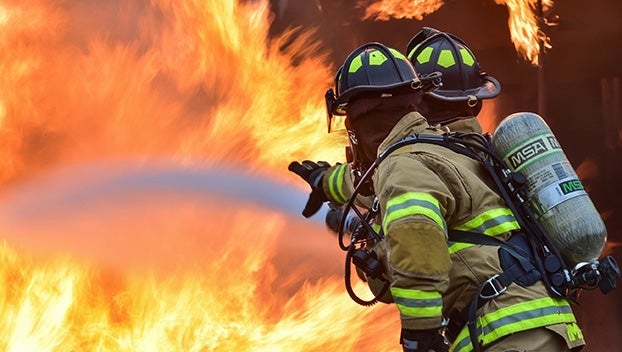Wildfire safety & preparation tips from State Farm
Published 7:59 am Saturday, September 9, 2023
|
Getting your Trinity Audio player ready...
|
Planning is essential. Good wildfire planning begins long before a fire occurs. Help ensure your family’s safety by:
- Preparing your home
- Creating a family evacuation plan and reviewing it regularly.
- Packing a wildfire go-bag
- Creating a home inventory
- Talking with your insurance agent every year to make sure your coverages are up to date, and you understand your policy.
Home wildfire preparedness
The best way to protect your home from possible wildfire damage is to remove or reduce the potential fuel within a 30-feet safety zone around your home. (If you live in a high-risk area, increase the safety zone to 100 feet).
- Remove vines from house walls.
- Remove shrubs and other landscaping away from your house walls.
- Remove highly flammable and low-branched trees, such as evergreens, eucalyptus and juniper.
- For remaining trees, remove limbs within 15 feet of the ground.
- Clear tree debris, such as fallen limbs, leaves, pine needles and cones.
- Move stacked wood outside the safety zone.
- Pay special attention to clearing debris beneath decks and other overhangs.
- Consider removing wooden exterior structures, such as decks and patios, or replacing them with more fire-resistant materials.
- Install non-combustible roofingand siding materials, such as metal, slate or concrete.
- Clear debris from gutters.
- Install electrical lines underground, if possible.
- Maintain a home inventoryand review it with your insurance every yearto ensure you have the right coverage for your needs.
Create a family evacuation plan
- Designate two alternative meeting points in the event the family is separated.
- If threatened by a wildfire, make sure the gas tank is full and you have cash on hand.
- Make sure you have your purse or wallet with keys, identification cards and credit cards.
- Pack all necessities to avoid delays from unnecessary stops.
- Bring food and water, veterinarian records and proof of vaccinations for your pets.
- Practice evacuation drills so you and your family can be prepared and know what to expect.
Prepare a wildfire go-bag.
The following essentials should be included in your wildfire evacuation bag:
- Drinkable water
- Non-perishable foods
- First-aid kit
- Face masks or coverings
- Prescriptions medications
- Glasses or contact lenses
- Flashlights and radios (extra batteries)
- Whistle or other sound signaling device
- Multi-tool with a knife
- Medical cards and records
- Copies of important documents
- Waterproof bags or containers
- Pet food and water
Angie Harrier is the State Farm spokesperson for Louisiana, Texas, Arkansas, Kansas, Oklahoma, and Michigan. For more information, visit www.statefarm.com/local/louisiana/la-place





